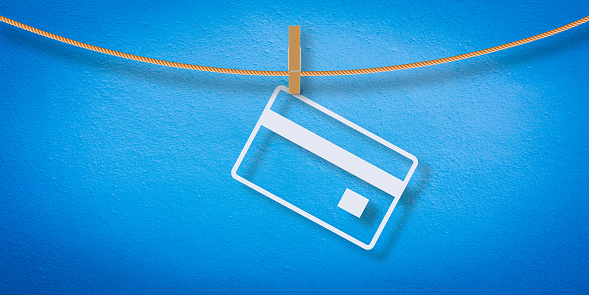To finance short-term expenses, there are few better tools than business lines of credit. This article looks at how they work and what makes them so useful.
How Business Lines of Credit Work
When a business sets up a line of credit, the business receives access to a certain amount of money. The business is only on the hook for repaying what it withdraws to make purchases, in addition to interest on the withdrawn amount. For instance, a business that uses $3,500 of a $7,000 line of credit to finance short-term purchases will need to repay a principal amount of $3,500. As the business pays the money back, the amount of available funds will regenerate accordingly. The payments will be due on a set schedule, often monthly. After the business has paid back $3,500 (plus applicable interest), it will have access to the full $7,000 again.
Why Business Lines of Credit Are Advantageous
Business lines of credit shine in many situation, especially when the goal is to finance short-term expenses. One reason is speed: Rather than wading through a lengthy loan application before making a purchase, the business can immediately withdraw funds from its line of credit. Another reason is that business lines of credit usually have lower interest rates than credit cards.
How to Get a Business Line of Credit
Before you can use a line of credit to finance short-term business costs, you’ll need to gain one through an application process. One option is to do so through a traditional bank, but an alternative lender may offer a faster application process.
Lines of credit can come in secured and unsecured variants. Businesses with strong credit histories are more likely to be able to access an unsecured agreement, but either option can help a business with its short-term finance goals.
Interested in learning how to meet your business’s financing needs? You can do that by contacting Dorra Financial Group.

